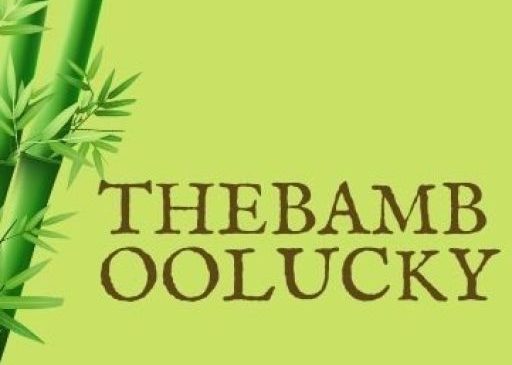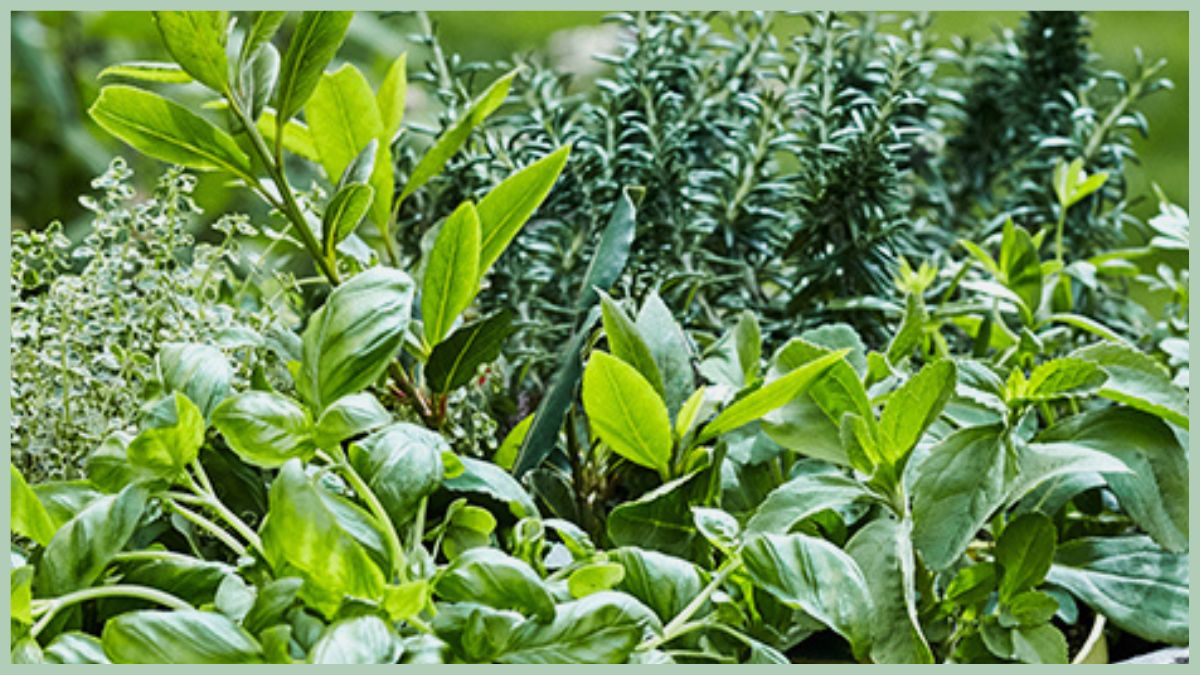Looking to add some color and life to your landscape but don’t want to deal with full sun? These herbs are perfect for growing in partial shade!
What are partial shade herbs?
Partially shady areas in your garden or yard can be difficult to find the right plants for. You don’t want to put full sun loving plants in these areas as they will just end up struggling and not performing well. But there are still plenty of great options for herbs that can do well in partial shade. These are some of the best partial shade herbs you can grow.
The benefits of growing partial shade herbs
Many people think that you need full sun in order to grow herbs, but that’s not always the case. In fact, there are a number of herbs that prefer partial shade, and will do just fine with four to six hours of sunlight each day.
If you’re thinking about growing herbs in partial shade, there are a few things you should know. First, it’s important to select the right spot in your garden. Look for an area that gets morning sun and afternoon shade, or vice versa. This will ensure that your herbs get the light they need without being exposed to too much direct sunlight.
Once you’ve selected the perfect spot, it’s time to choose your herbs. When it comes to partial shade herbs, there are a few standouts that are worth considering. Basil is a classic herb that does well in partial shade, as long as it receives at least six hours of sunlight each day. Cilantro is another great option, and it can even tolerate some full sun if necessary. Mint is another versatile herb that will do well in partial shade, and it can even be grown indoors in a pots placed near a sunny window.
If you’re looking for otherpartial shade tolerant herbs, some other good options include oregano, chives, thyme, and parsley. With so many great choices available, there’s no reason not to add at least a few Partial Shade Herbs to your garden this year!
The best partial shade herbs to grow
In general, herbs need at least four hours of sunlight per day, but there are a few that will do just fine with less. If you have a spot in your garden that’s too shady for most plants, try growing one of these herbs that tolerate partial shade.
Mint: Mint is a fast-growing herb that does well in both sun and shade. In fact, it tends to spread rapidly, so it’s best to grow mint in a pot or raised bed where it can be easily contained. When planted in rich soil, mint will produce an abundance of foliage that can be used fresh or dried.
Parsley: Parsley is another herb that will tolerate some shade. It’s a slow-growing herb, so it may take a while to get a good harvest, but it’s worth the wait. Parsley is a versatile herb that can be used fresh or dried in many different dishes.
Chives: Chives are part of the onion family and they have a similar taste. They’re also one of the easiest herbs to grow. Chives will do well in both sun and shade, but they prefer cooler temperatures. If you live in a warm climate, try growing chives in partial shade to prevent them from bolting (going to seed).
Cilantro: Cilantro is an annual herb that grows best in cooler weather. It will do well in partial shade, but it doesn’t tolerate heat well. Cilantro is often used as an ingredient in salsa and other Mexican dishes. It has a strong flavor, so you only need to use a small amount
How to grow partial shade herbs
Partial shade means an area that gets four or more hours of sunlight a day. This could be from the sun being filtered through trees, a fence, or even buildings.
That said, there are plenty of herbs that will do just fine in partial shade. In fact, some herbs actually prefer it! These are a few of our favorites:
Basil: This popular herb does best in well-drained soil and full sun to partial shade. It’s drought-tolerant and doesn’t like wet feet, so make sure to add drainage if your pot doesn’t have any.
Chives: Chives are another easy-to-grow herb that does well in partial shade. They prefer moist soil and will spread quickly, so be sure to plant them in a pot or an area where you don’t mind them taking over.
Cilantro: Cilantro loves the sun but can also tolerate some shade. It’s a fast-growing herb that will bolt (go to seed) in hot weather, so it’s best to grow it in the spring or fall.
Dill: Dill is a hardy herb that can handle full sun or partial shade. It prefers well-drained soil and plenty of water, so make sure to keep an eye on it during hot, dry weather.
Lemon Balm: Lemon balm is a fragrant herb that does well in partial shade. It can spread quickly, so be sure to plant it in a pot or an area where you don’t mind it taking over.
The best soil for partial shade herbs
The best soil for partial shade herbs is a soil that has good drainage. If the soil does not have good drainage, the roots of the plants will rot. The best way to improve the drainage of your soil is to add organic matter to it. You can add compost, leaves, or manure to your soil to improve its drainage.
The best fertilizer for partial shade herbs
When it comes to growing herbs in partial shade, the best fertilizer you can use is organic compost. Compost will improve the soil quality and help retain moisture, both of which are important for herbs that don’t get full sun. You can also add a layer of mulch to help keep the roots cool and moist.
Here are some of the best herbs to grow in partial shade:
- Chives
- Lemon balm
- Mint
- Oregano
- Parsley
- Rosemary
- Sage
- Thyme
The best mulch for partial shade herbs
Mulching your herbs is one of the best ways to conserve water and keep weeds at bay. There are many different types of mulch available, so it’s important to choose the right one for your needs. If you’re growing herbs in partial shade, consider using one of these mulches to help your plants thrive.
Bark chips or bark nuggets: Made from bark that has been shredded or ground into small pieces, bark chips and bark nuggets make an attractive mulch for partial shade herbs. Both types of mulch help to regulate soil temperature and moisture levels, and they also discourage weed growth. One downside of using bark mulch is that it can be difficult to remove if you decide to change your herb garden layout.
Peat moss: Peat moss is a popular type of mulch for many types of plants, including herbs. When used as a mulch, peat moss helps to hold moisture in the soil and prevent evaporation. It also has a neutral pH level, which makes it ideal for use around acid-loving herbs like blueberries and raspberries. Peat moss is lightweight and easy to work with, but it does decompose over time so you’ll need to replenish it every year or two.
Straw: Straw is a popular choice for mulching around partial shade herbs because it’s inexpensive and easy to find. Unlike other types of mulch, straw doesn’t pack down so it allows air and water to reach the roots of your plants. straw also breaks down quickly, so you’ll need to add more each year to maintain a thick layer. One downside of using straw is that it can harbor weed seeds, so be sure to remove any visible weeds before applying straw mulch around your herbs.
How to water partial shade herbs
Partial shade herbs are those that prefer some sun but can also tolerate some shade. The amount of sun and shade that your herb receives will depend on the time of day and the season. In general, partial shade herbs need 3-4 hours of sun per day.
When watering partial shade herbs, be sure to check the soil before watering. If the soil is dry, water the herb deeply so that the water reaches the roots. If the soil is moist, do not water the herb. Overwatering can cause root rot and kill your herb.
How to harvest partial shade herbs
The best way to harvest your herbs is to cut them back by about one-third their height. This encourages new growth, which means more herbs for you in the long run. You can do this by snipping off the tops of the plants with scissors or pruning shears.
Tips for growing partial shade herbs
Partial shade is a tricky condition for many herb plants. Too much sun and they’ll fry, but too little and they become etiolated, or stretchy, reaching for the light. The key to success lies in finding the happy medium – herbs that will do well in partial shade.
The first step is to understand what kind of partial shade you’re dealing with. Is it dappled sunlight throughout the day? Is it intense afternoon sun? Or is it a shady spot that gets bright light for a few hours in the morning? Knowing this will help you choose the right herbs for your conditions.
Once you’ve determined the type of partial shade you have, you can start to consider which herbs will do best. Here are a few of our favorites:
Chives: A versatile allium that does well in partial shade, chives are perfect for growing in pots or in the ground. They tolerate a wide range of soil types and moisture levels, making them one of the easiest herbs to grow. If you’re looking for an herb that will give you a lot of bang for your buck, chives are a great choice.
Parsley: Another versatile herb, parsley does well in both full sun and partial shade. It’s a nutrient-rich plant that can be used fresh or dried, making it a valuable addition to any kitchen garden. Parsley is also relatively tolerant of drought and poor soil conditions, so it’s a good choice for those difficult-to-garden areas.
Oregano: A hardy perennial herb, oregano is well-suited to partial shade gardens. It prefers well-drained soil and moderate watering, making it drought tolerant once established. Oregano also tolerates heat and humidity well, so it’s a good choice for those who live in warm climates.
Thyme: A aromatic herb with many culinary uses, thyme is another good choice for partial shade gardens. It prefers well-drained soil and moderate watering, and can tolerate some drought once established. Thyme is also heat and humidity tolerant, making it an ideal herb for warm climates.
Also Look:


1 thought on “Best Partial Shade Herbs You Can Grow”